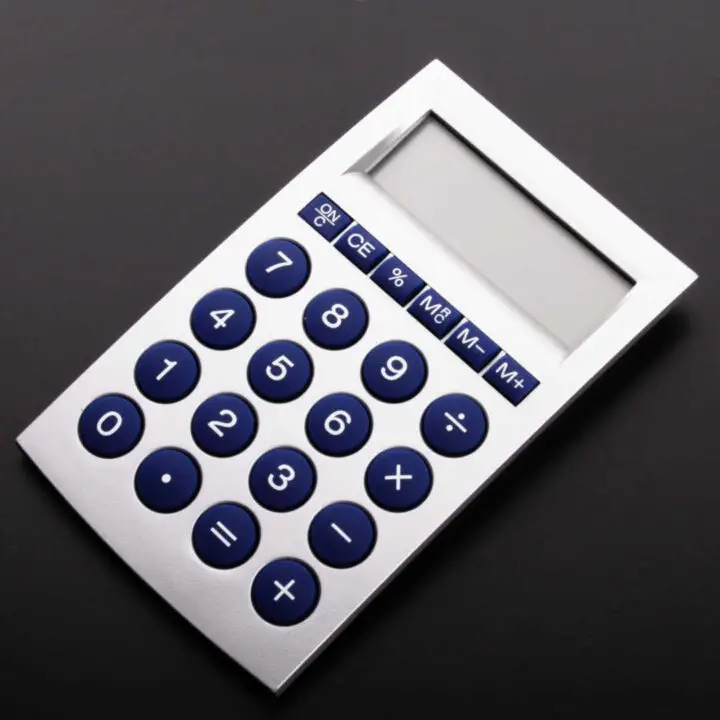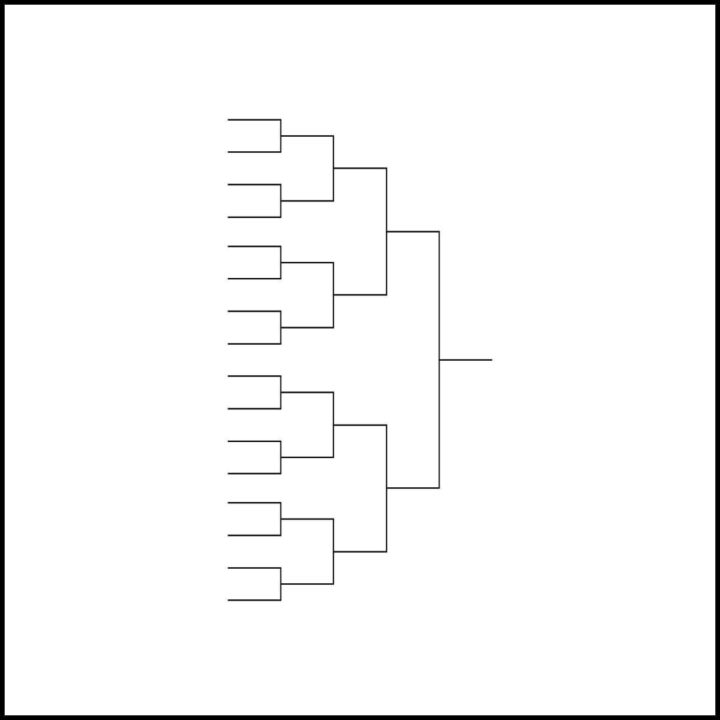
One of the joys of traditional wet shaving is the constant search for a better shave. Who knows, maybe that new brush will generate a more luxurious lather, or lather up more quickly. Or maybe one’s face will feel a bit more moisturized with that new shaving soap. Experimentation is the name of the game. So, let’s take a deep dive into shaving experimentation.
Math
First a little math: don’t worry, there won’t be a quiz at the end. Let’s say you have two razors, three brushes, four soaps, three creams, and six different blade types (you went for the small sampler pack). This leads to 252 different unique razor-blade-brush-lather combinations! For the math phobic: you multiply these values. Since you don’t use both a soap and a cream for the same shave; you add them together as one category for lather source; though more on that later.
While you may choose differently, one should arguably try each combination three times: 756 shaves. Now, I only shave three days a week. This means, assuming supplies last, I have enough shaving hardware and software on hand for almost five years of shaving! Who says traditional wet shaving is not cost effective!
In reality, this is not so. First of all, you probably don’t have enough blades. The six brand sample pack has only five blades/pack. However, based on the above, each blade brand should be used in 42 different combinations, which at three repetitions per combination is 126 shaves! While your mileage may vary, I only get around three shaves/blade. So a pack with five blades will only last 15 shaves, not 126! Of course, for the truly dedicated, you just need to repurchase the same sample pack eight times!

Another reason, you don’t need to run five years of experiments with your current stock before branching out is what I’ll call the rejection factor. If a given blade brand just doesn’t work for you, even after trying the blade brand in two different razors and with three different lathers, it’s really silly to keep that blade brand as part of your experiment set. Learn what you don’t like and move on! This is certainly true for razors, blades, and even brushes. For soaps and creams, let’s hold on to them for at least a little while.
Organizing
Ok, now that we have a sense of how many experimental shaves (upper limit) we’re going to have, it’s time to think about how to organize the experiments. After all there are many different ways to organize a tournament: world cup style (pools with advancers competing head to head in single elimination), NCAA basketball tourney style, or maybe a Master’s pro golf tournament. Regardless of your approach, please don’t methodically go through each combination and then wait almost five years to learn what your winning set up is – no one has that kind of patience.
My approach is what I call “King of the Mountain.” Even if you are just starting out, your first combination is your “King” combo. For those who have been at this for a while, you already have a favorite combination, or maybe a set of favorite combinations. Now try a different combination. Good science informs that you should only vary one item (blade, razor, brush, or lather), keeping everything else the same as your current King combination. This allows you to really evaluate the impact of the changed item. After your three shave experiment: Do you have a new King combo, or is the new item on its way to being rejected? I am happy to reject something after two experiment runs: six shaves. Life is too short, or at least my face is too sensitive to keep trying something that isn’t working for me. A third option with the new item is “no real difference.” Now you get what I mean by a set of King combinations: maybe, for you, there is no difference between using brush A or brush B: keep them both and rotate.

So for me, my experiments are constructed towards continuous incremental improvement. When I decide to try something new (or more likely as a wet shaver, I am gifted something), it’s a head to head battle. Either the new item takes its place in the King combo (the King is dead, all hail the new King), or it gets put in a drawer to either get passed along to a friend, or more likely gather dust for a couple of years, at which time it gets thrown away. Razors and brushes have a better chance of finding new life with a friend then ending up in the landfill.
Superlather
Now that you’ve gotten a handle on how you want to proceed: World Cup style, King of the Mountain, etc, it’s time for me to throw you a curve ball: Superlather. Superlather is based on the principle that if one is good, then two is better; at least when it comes to lather production. Or put another way: if you can’t decide between a shave soap or a shave cream: use both. First lather up with a bit of shave soap. Halfway through the lather build process, add a small amount of shave cream and viola: superlather. For those mathematically inclined, yes, I’ve just exponentially exploded the number of combinations you could try. Taking our example above; with four soaps and three creams, instead of seven lather options, you have twelve (or 19 if you include both superlather and non-superlather options)!
Singing the praises of superlathering is beyond the scope of this article. Suffice it to say, it allows one to get the best of both worlds: the lubrication of a soap with the protection of a cream! Remember above where I advised you to chuck the blade brand that wasn’t working for you, but to keep soaps and creams? Superlathering is the reason. I am not a chemist (actually, I’m a mathematician, in case you couldn’t tell) however, I can report from personal experience that a mediocre soap, superlathered with a mediocre cream can make a FANTASTIC lather. Similarly, I’ve been dramatically disappointed when superlathering a Sharpologist best shaving cream with a Sharpologist best shaving soap. When superlathering, one is, in essence, creating a new lather – there is no way to predict how it will turn out.
Two more selling points for superlathering. One: if you are one of those who has trouble building lather, try superlathering. You aren’t using double the product (full amount of both cream and soap); maybe 60% of each. So maybe it is the additional product on the brush, or the magic of mixing creams and soaps, but try it and see the lather magic for yourself. Two: you are using a bit more product per shave, so you get to resupply a bit more frequently and run more experiments.
Two More Alternatives

Now that I have filled your head with all the various ways you can experiment your way to your best shave, I’ll leave you with two other avenues for experimentation.
– Uberlather: the act of adding glycerin to your lather (both superlathered or flying solo). Using our sample shave shelf of four soaps and three creams, you now have 38 different lather combinations.
– Preshave product or not? One preshave product quite literally doubles your experiment space. Personally, as an avid shower shaver, preshave products don’t do much for me. I’ve always thought that preshave products are for when you don’t have the time/inclination for a proper shave prep. Shower shaving is the ultimate in shave prep.
Finally, whatever you do, don’t get an adjustable razor (seven razors in one) – you’ll never leave the bathroom: too many experiments to run.

Mine shaving scheme is : I rotate the razors each 18 shaves with 6 different blades( each 3 times) I used annually one soap and one cream and two brushes (which I rotate between the soap and cream). I shave every 3 day. So I use about 6-7 razors per year and about 15 different blades , because I dont stick only to same 6 with every razor.
For me, structured experiments like this don’t do much. Here’s why:
– As I use new products or combos, I adjust lathering and shaving techniques and expectations. So a few shaves with a product or combo don’t tell me much.
– There’s no “king”. It’s fun to vary the process by rotating razors, brushes, soaps/creams, and aftershaves. Lots of combos produce comfortable, close shaves, but each is a bit unique.
Two exceptions:
– Blades vary so much in so many ways that switching them off has let me choose a few favorites and a lot of duds. Five blades are enough to make this decision. (I get 8-10 shaves per good blade.)
– Razors also vary widely. I can tell after a dozen or so shaves, with a favorite blade or two, if a razor is for me or not. Those I don’t like usually are either too aggressive or too heavy.
But as always with this hobby, YMMV.
very good read,I have tried the super lather but not with adding glycerin.
Comments are closed.